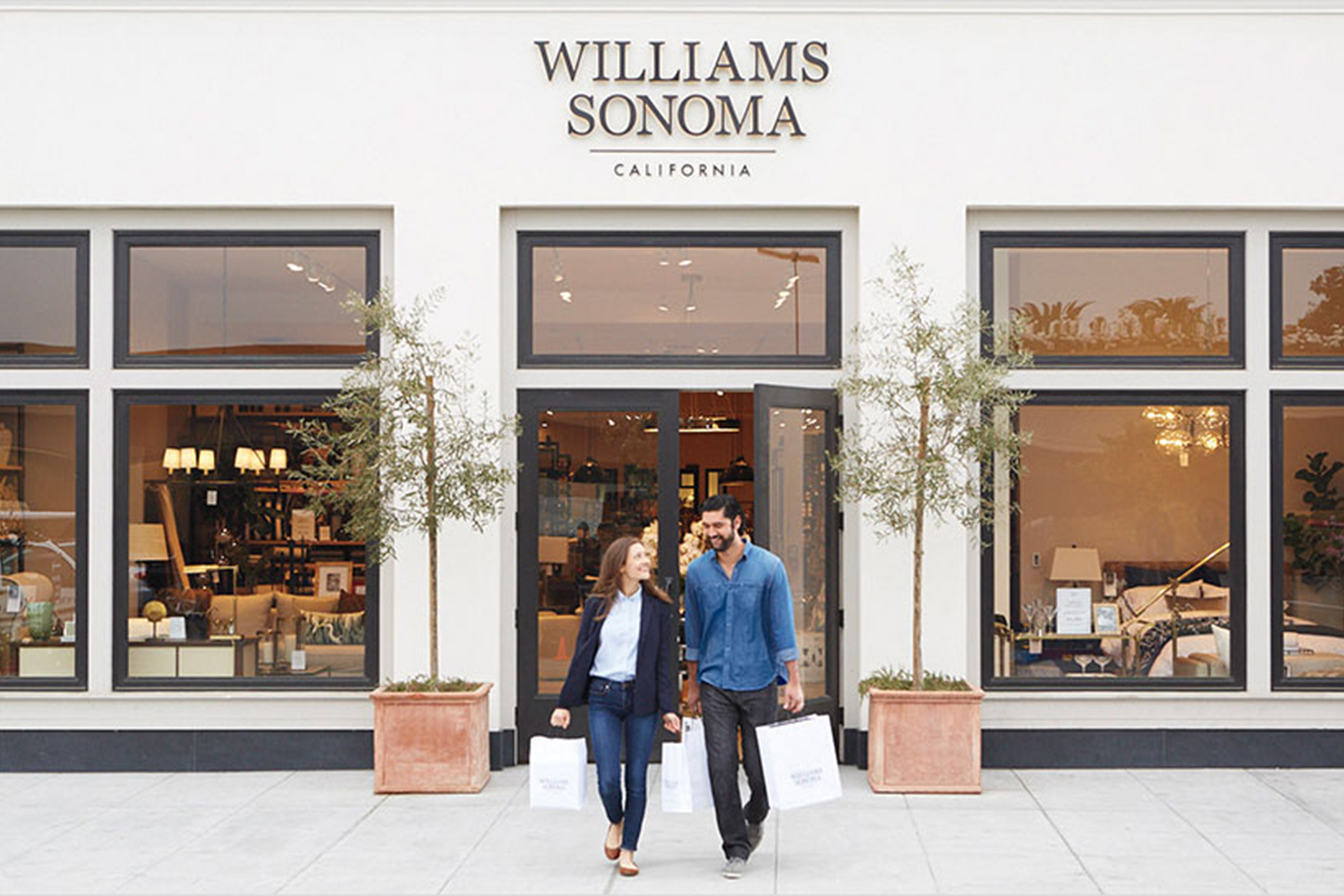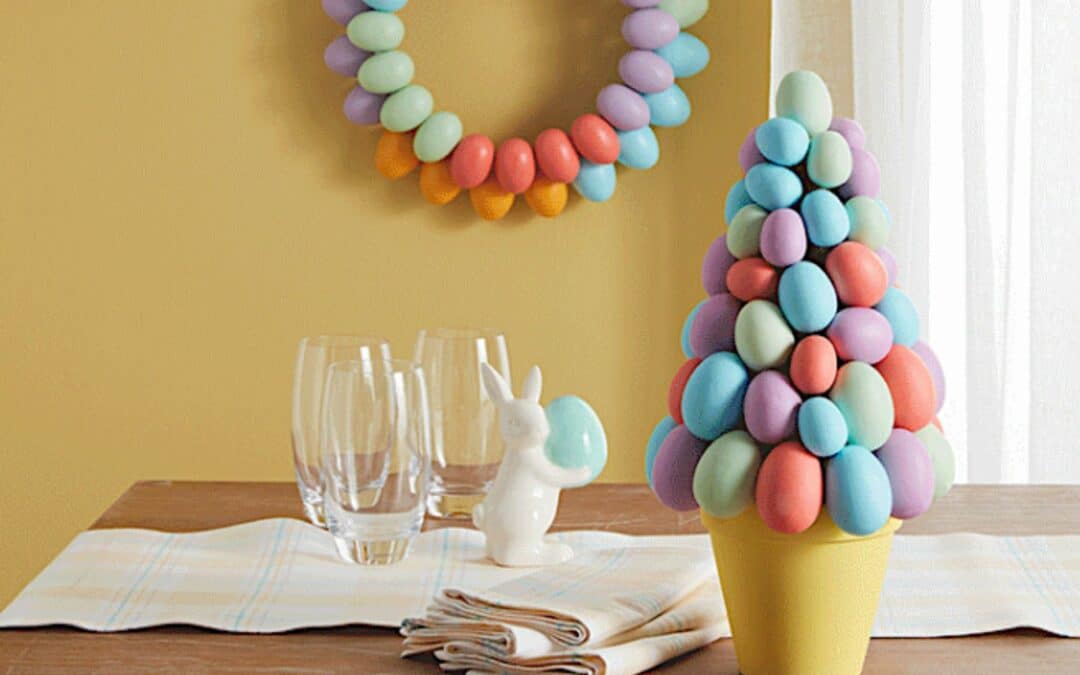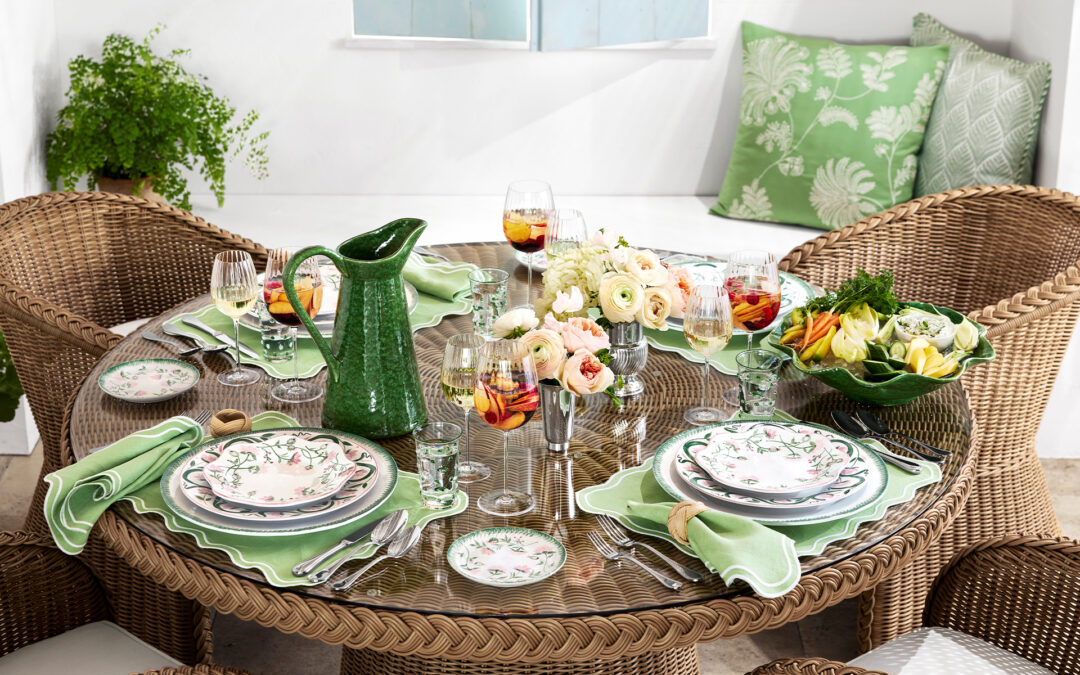Although the fourth quarter wasn’t smooth sailing for the company, Williams-Sonoma beat Wall Street earnings and revenue forecasts.
A Yahoo Finance-published fourth-quarter analyst consensus estimate called for earnings per adjusted diluted share of $5.12 and revenue of $2.23 billion.
Comparable sales fell 6.8% overall and 9.6% at Pottery Barn, 15.3% at West Elm and 2.5% at Pottery Barn Kids and Teen, although they gained 1.6% at Williams Sonoma stores.
Net revenues were $2.28 billion versus $2.45 billion in the year-prior quarter. Operating income was $458.1 million versus $469.8 million in the year-earlier period, while adjusted operating income was $458.1 million versus $487.5 million.
Net earnings in the full fiscal year were $949.8 million, or $14.55 per diluted share, versus $1.13 billion, or $16.32 per diluted share, in the year before. Williams-Sonoma reported adjusted earnings per diluted share were $14.85 versus $16.54 in the previous year.
Net revenues for the full fiscal year were $7.75 billion versus $8.67 billion in the year prior. Operating income was $1.24 billion versus $1.5 billion in the year-earlier, while adjusted operating income was $1.27 billion versus $1.52 billion.
Laura Alber, Williams-Sonoma president and CEO, said in a conference call that poor furniture demand in the marketplace had hurt Williams-Sonoma’s top line. The company is focused on improving customer service as one of its initiatives to regain momentum, in part through supply chain improvements to lower out-of-stocks and reduce product damage in shipment, and has increased marketing to boost consumer engagement.
In announcing the financial results, Alber said, “We are pleased with our strong finish to 2023. We delivered an annual operating margin of 16.4% with full-year earnings per share of $14.85, beating our 2023 comp guidance of negative 10% to negative 12% and hitting our operating margin range of 16% to 16.5%. We outperformed in 2023 despite the slowest housing market in several decades and geopolitical unrest. Although this pressured our top-line trend, we stayed focused on full-price selling, supply chain efficiencies and best-in-class customer service. We have transformed our business model and as a result, we delivered an operating margin well ahead of our pre-pandemic profitability.”





